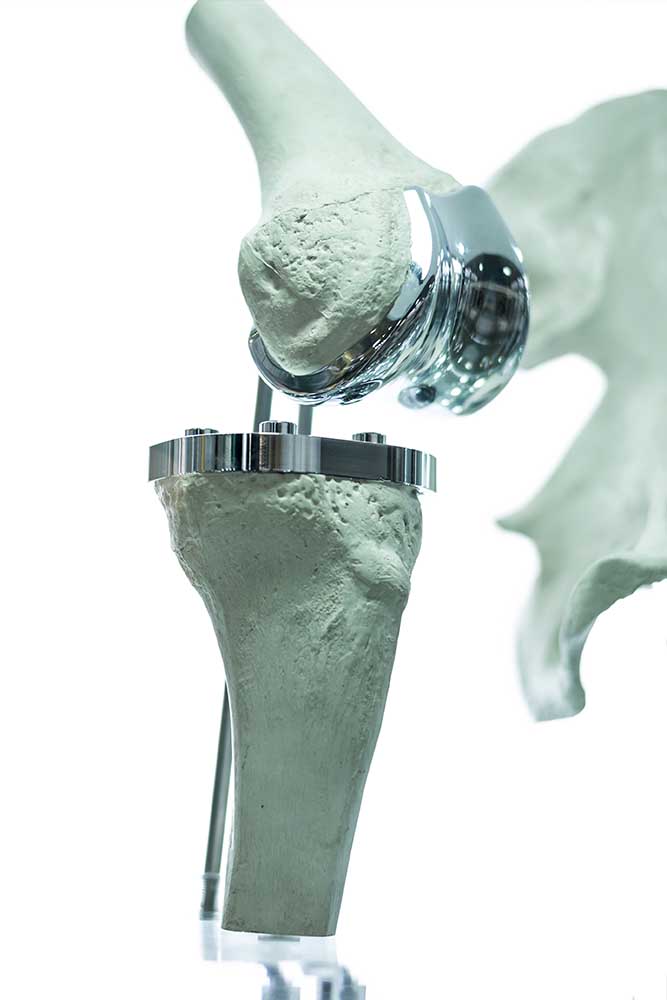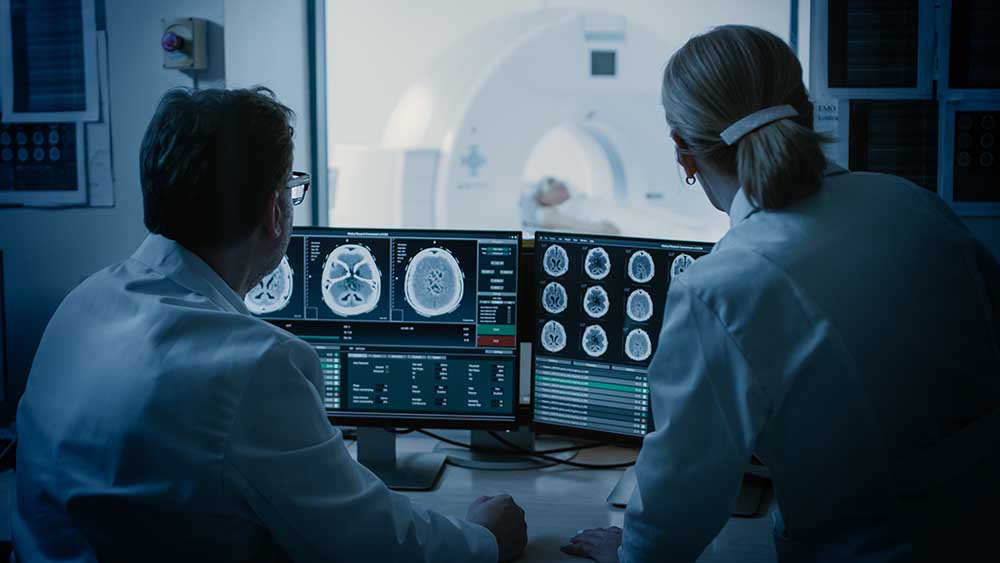-
Nanoparticles: The Next Generation of Biomaterials
Dec 31, 2019 | ACS MATERIAL LLCModern engineered nanomaterials are having a significant and exciting impact in a wide variety of industries, but nowhere is this impact more profound than in the fields of biology and medicine. Nanoparticles, such as graphene and other nanomaterials, have the potential to revolutionize medicine and create completely new classes of drugs and medical devices.
Biomaterials: A Brief Overview
A biomaterial is any substance that can be used to repair, augment, stimulate, or replace any organ, tissue, or function in any system in the body. Biomaterials are used in direct contact with living tissue and bodily fluids and they can be natural or
 synthetic, but, either way, they must have the following characteristics to be viable for medical use:
synthetic, but, either way, they must have the following characteristics to be viable for medical use:- Biocompatible. Biomaterials must not elicit an adverse
reaction in the body and the body must not cause an adverse response to the material; both body and biomaterial must be able to withstand persistent contact with each other. - Nontoxic and noncarcinogenic. Biomaterials must be safe.
- Resistant to degradation. Biomaterials must remain stable and free from corrosion for the duration of prolonged contact with bodily fluids and tissues.
- Structurally adequate. Biomaterials need to have physical and mechanical properties that allow them to be precisely molded and shaped and to withstand rigorous wear and tear.
Biomaterials have been in use for decades to help patients with a wide variety of needs. Examples of common biomaterial applications include:
- Orthopedic prosthetic joint replacements
- Artificial heart valves
- Vascular implants
- Intraocular lenses for cataract repair
- Contact lenses
- Dental implants and fillings
- Sutures
- Fracture fixation devices
- Drug delivery systems
Metals, polymers, ceramics, and sophisticated composite materials are all used as biomaterials with varying degrees of success, but the hunt is on for a new generation of biomaterials that can more closely imitate the architecture of the body, provide even greater biocompatibility, and function at higher, more sophisticated levels than is possible with current materials.

Nanomedicine: The New Frontier for Biomaterials
Nanomedicine uses nanoparticles in advanced health care applications. Nanoparticles are loosely defined as aggregate, unbound particles where, at minimum, 50% of the particles in a given sample have external dimensions of 1-100 nm. For comparison, cells in living organisms are typically 10 μm across, literally giants next to nanoparticles. Proteins measure about 5 nm, which is about the scale of the smallest nanoparticles. Nanoparticles give researchers the ability to spy on cellular machinery without creating significant interference.
Research into the use of nanoparticles as biomaterials is broad. Examples of the many possible applications of nanoparticles in medicine include:
- Biosensors. Nanowires, nanotubes, quantum dots, and other nanoparticles are contributing to the next generation of biosensors geared towards improving the diagnosis of disease. Implantable biosensors can evaluate signs and symptoms of disease and regulate drug release, such as insulin for diabetics.
- Drug delivery systems. Nanoparticles are engineered with an attraction to diseased cells, allowing treatment to be delivered directly to damaged cells and reducing damage to healthy cells. Nanoparticles can be engineered to precisely deliver drugs, light, and heat to specific cells in the body to treat cancer and other illnesses.
- Imaging. Nanoparticle contrast agents produce improved ultrasound and MRI images. Nanoparticles aid in the visualization of cardiovascular issues and, when used in conjunction with MRI, produce brilliant images of cancerous tumors that are much more vivid than those created using organic dyes.
- Tissue engineering. Nanotechnology used in tissue engineering helps repair, reproduce, or reshape damaged tissues. Successful nanotechnology tissue engineering could replace organ transplants and artificial implants; graphene and other particles are already being tested in advanced bone tissue engineering applications.
21st Century Medicine
Researchers have just begun to scratch the surface of the plethora of possibilities presented by the use of nanoparticles as biomaterials. ACS Material is leading the way, providing high-quality nanoparticles to innovators around the globe. For more information about our nanomaterials, contact ACS Material today.
Related ACS Material Products:
- Biocompatible. Biomaterials must not elicit an adverse